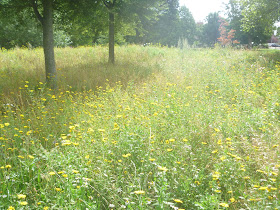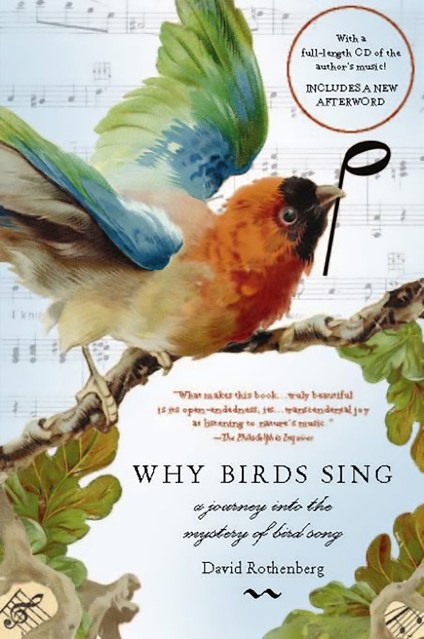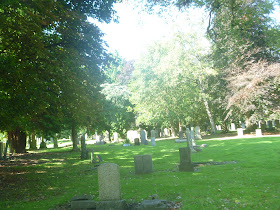
Trains offer a great way to travel, as they are generally the safest and most environmentally friendly mode of transport. I also have a fondness for trains, due to two personal connections. My great-grandfather, Mr Train was a station-master (his son Mr Train junior married a Miss Driver, thankfully they didn't take a double barrelled name!). Additionally, I was born in Manchester, which was host to the world's first major railway line, the Liverpool to Manchester line which opened in 1830. So, all in all, this book was a must-read for me.
A Short History of Trains is a fascinating history of trains and railways, from the first steam engines to the most technologically advanced, high-speed trains of today. The book is packed full of interesting facts and anecdotes, historical photos and diagrams. There are a few pages of illustrations of different styles of railway carriages, and important statistics are scattered through the book.
The book looks at the history of the first railways in various parts of the world. The construction of these railroads met with difficult terrain, tough working conditions and often resistance from local people who lived on the land the railways were to be built across. I was struck by this anecdote about the development of early lines in the USA:
The local tribe demanded $10,000 dollars (around £185, 000 in today's money) for the right of way. Appalled, the railroad works manager blustered that the land was no good for anything else apart from growing corn or potatoes. The local chief responded 'it pretty good for railroad' and got the money.
We are also told about the dark history of the inhumane treatment of prisoners of war who built the Burma to Siam (now Thailand) railway and the role railroads played in Nazi atrocities.
The book also looks at how railroads impacted communities, bringing more people into an area and stimulating the local economy. In addition, as it became easier for people to travel between areas, then they could move around for work, spread ideas and meet a greater variety of people. It considers the changing fortunes of trains as they competed with the
introduction of cars, then the spread of cheap air travel and compares
rail transport systems across the world (Switzerland has a very
impressive travel infrastructure where railways are fully integrated
with buses, boats and trams and, unexpectedly perhaps, Saudi Arabia is investing heavily in a rail network.) The impressive technological feats required in building high altitude train tracks are celebrated, and significant rail disasters are examined.
Most trains these days run on electricity and are therefore less polluting (though less characterful) than earlier steam trains. Freight trains are the most resource efficient way of transporting large quantities of freight and are important even in countries where passenger services are diminished compared to previous years. High speed rail has made it possible for trains to compete with planes (though, and this isn't covered in the book, the proposed development of high speed rail lines in the UK has been met with justifiable opposition due to proposals to destroy several areas of ancient woodland in order to make way for the railway lines. As I've said before, the creation of green infrastructure shouldn't mean destroying valuable natural habitats). Even slower trains offer a good alternative to either cars (you can relax on a train rather than having to stay alert as a driver) or to planes (you avoid the hassle of the airports and the train station is closer to the centre of town compared to the airport).
So this is a fascinating book for anyone interested in the history of trains.
A Short History of Trains by Christian Wolmar, published (2019) by DK
























































